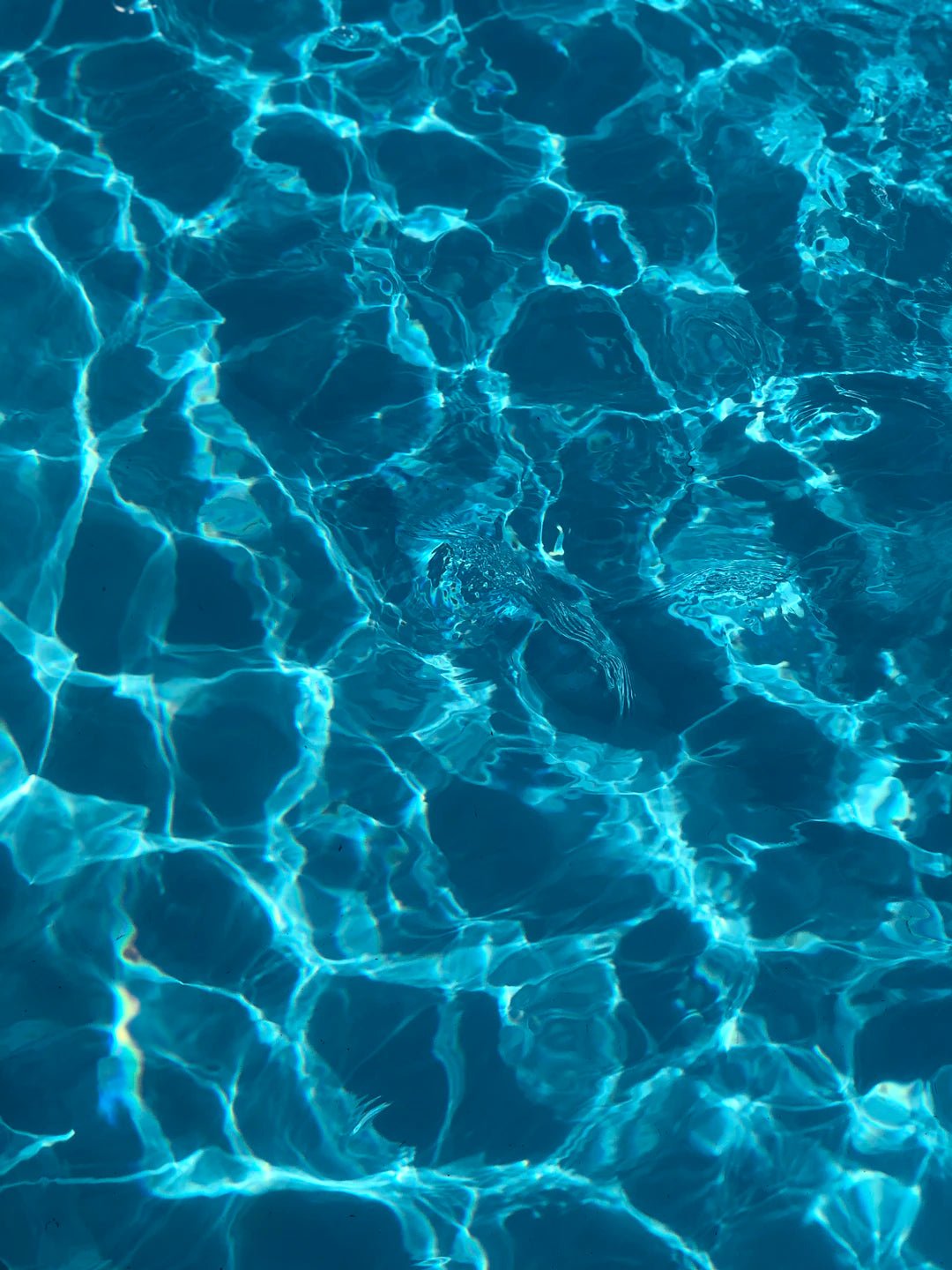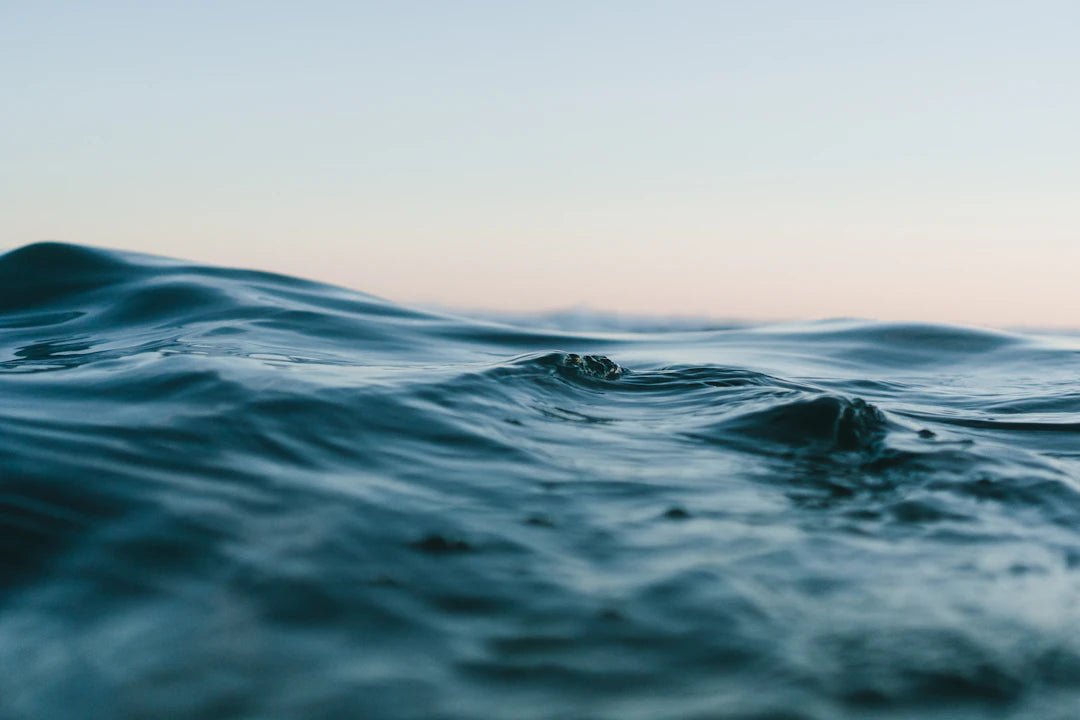Understanding Reverse Osmosis for Your Aquarium
Overview
Reverse osmosis (RO) is a water purification method that removes contaminants, making it essential for maintaining healthy aquariums. It improves water quality, allows for customization based on specific aquatic life needs, and reduces maintenance frequency. Regular filter replacements and monitoring water quality are key for optimal performance. While RO water is safe for drinking, it's best to remineralize it for aquarium use. Systems like Rippl Pure offer effective solutions for clean water in both aquariums and homes.
Frequently Asked Questions
1. What is reverse osmosis?
2. Why should I use reverse osmosis for my aquarium?
3. How often should I replace the filters in my reverse osmosis system?
4. Is reverse osmosis water safe for drinking?
5. Can I use RO water straight for my aquarium?
If you're a passionate aquarium enthusiast, then you know how crucial water quality is for the health of your aquatic life. In Australia, many aquarium owners are turning to reverse osmosis as the solution for purifying their water. This method not only ensures that your fish and plants thrive, but it also simplifies the maintenance of your aquarium. In this guide, we’ll explore what you need to know about reverse osmosis and its importance in creating a flourishing aquatic environment.
What is Reverse Osmosis?
Reverse osmosis (RO) is a water purification method that removes contaminants and dissolved solids by pushing water through a semi-permeable membrane. This process effectively reduces impurities like heavy metals, chlorine, fluoride, and other unwanted chemicals, making it ideal for aquariums.
In Australia, where water quality can vary significantly based on location, having a reliable water filtration system is crucial. Reverse osmosis helps ensure that the water you use meets the specific needs of your aquarium residents.
Why Use Reverse Osmosis for Aquariums?
Transforming your aquarium with reverse osmosis brings many advantages:
- Improved Water Quality: With RO, you can significantly enhance the quality of the water in your aquarium. This allows for better health and vitality of aquatic life.
- Contaminant Removal: RO systems are designed to filter out harmful substances, creating a safe environment for fish and plants.
- Customizable Water: RO water can be mineralized to suit the specific needs of different fish and plants. This flexibility is vital for those maintaining various aquatic ecosystems.
- Less Maintenance: Because RO systems produce purified water, you’ll reduce the frequency of water changes and maintenance tasks.
How Reverse Osmosis Works
The reverse osmosis process involves several stages, typically starting with a water filter to trap large sediments. Here’s a general breakdown of the stages:
1. Pre-Filtration
The first stage uses traditional filters to remove large particles, sediment, and chlorine. This step is crucial since it prevents damage to the RO membrane, extending its lifespan.
2. Reverse Osmosis Membrane
In the second stage, the pre-filtered water is pushed through the RO membrane. The membrane allows only water molecules to pass, blocking contaminants such as heavy metals and bacteria.
3. Post-Filtration
Finally, the filtered water is passed through a post-filter to ensure maximum purity. This filter removes any remaining impurities, resulting in fresh, clean water ready for use in your aquarium.
Choosing a Reverse Osmosis System in Australia
When selecting a water filtration system for your aquarium, consider the following:
- Capacity: Evaluate the daily water requirement of your aquarium to choose an appropriate RO system capacity.
- Replacement Filters: Factor in the cost and availability of reverse osmosis filter replacements to ensure your system remains effective over time.
- Features: Some systems come with additional features, such as remineralization stages or built-in pressure gauges. Decide what's necessary for your setup.
Maintaining Your Reverse Osmosis System
To keep your reverse osmosis system running efficiently, maintenance is key. Here are some tips for keeping your system in top condition:
Regular Filter Replacement
To maintain water quality, regular reverse osmosis filter replacements are necessary. Depending on your usage, filters may need to be replaced every 6 to 12 months.
Check Water Pressure
Ensure that the water pressure feeding your system is adequate. If the pressure is too low, it can reduce the efficiency of the RO process.
Monitor Water Quality
Testing the water quality regularly will help identify when the filters need changing or if there are emerging problems with the system.
Utilizing RO Water for Different Aquatic Life
Different species of fish and plants have varying preferences for water conditions. Here's how RO water can be tailored:
Freshwater Aquariums
Freshwater fish often thrive in softer water, which can be easily achieved using RO water. You can reintroduce minerals according to the specific requirements of the species in your aquarium.
Marine Aquariums
Marine fish require specific salinity levels, and RO water provides a perfect base for creating the right environment. With RO water, you can have complete control over salinity and mineral contents.
Planted Tanks
Many aquatic plants benefit from controlled water conditions. Using RO water allows you to adjust hardness and pH levels, promoting healthy plant growth.
Environmental Impact of Reverse Osmosis
While reverse osmosis is an effective water filtration method, it's essential to consider its environmental impact:
- Water Waste: RO systems typically waste some water during the filtering process. Opting for systems with a lower waste-to-purified water ratio can mitigate this issue.
- Energy Consumption: Keeping the system running requires energy, so look for energy-efficient models to reduce your carbon footprint.
Fish Safety and Health
Why is the quality of the water in your aquarium vital for fish safety? Poor water conditions can lead to stress, diseases, and even fatalities among aquatic life. Here’s how high-quality water benefits your fish:
- Reduced Stress: By providing stable water conditions, you help reduce stress levels in fish, leading to healthier specimens.
- Prevention of Diseases: Clean water free from contaminants helps in preventing illnesses that are common in fish kept in subpar conditions.
Frequently Asked Questions About Reverse Osmosis
Can I use RO water straight for my aquarium?
Using 100% RO water for your aquarium is generally not recommended unless you are using specific remineralization techniques. It’s essential to customize the water according to the specific needs of your fish and plants.
How often should I replace the filters?
Most reverse osmosis systems recommend changing the filters every 6 to 12 months, depending on usage and water quality. It’s a good practice to monitor water quality as an indicator for replacement.
Is reverse osmosis water safe for drinking?
Yes, water produced from a reverse osmosis system is safe for drinking. It is purified, making it an excellent choice for home use.
Explore Reliable Options Like Rippl Pure
When it comes to enjoying clean, purified water for your aquarium and home use, systems like Rippl Pure offer an efficient and effective solution. These systems are designed to provide maximum purification while being easy to maintain. As an aquarium owner, investing in a quality reverse osmosis system can change the way you maintain your aquatic environment.
In conclusion, the impact of reverse osmosis on aquarium maintenance and aquatic health cannot be overemphasized. By understanding this process, regularly maintaining your system, and choosing the right filtration system, you can create a vibrant, thriving aquatic habitat. Enhance your aquarium hobby, safeguard your aquatic life, and enjoy the benefits of purified water with the right knowledge and tools.
Linked Product

Reverse Osmosis Filter Replacement for Rippl Pure - Essential to Maintain Clean, Pure Water
The Reverse Osmosis Filter Replacement for Rippl Pure is designed to maintain the effectiveness of your water filtration system by removing bacteria, chemicals, and contaminants. Regular replacement every 12–24 months helps ensure clean and safe water, contributing to better overall health and enhancing the taste of your drinking water. Additionally, the straightforward installation process allows for easy maintenance, ensuring your system continues to perform effectively.
View ProductExplore the creations of a fellow Shopify or Wix store owner. Follow this link to their online store. Please be advised that this is a promotional link, and we cannot guarantee the content of the linked store.



